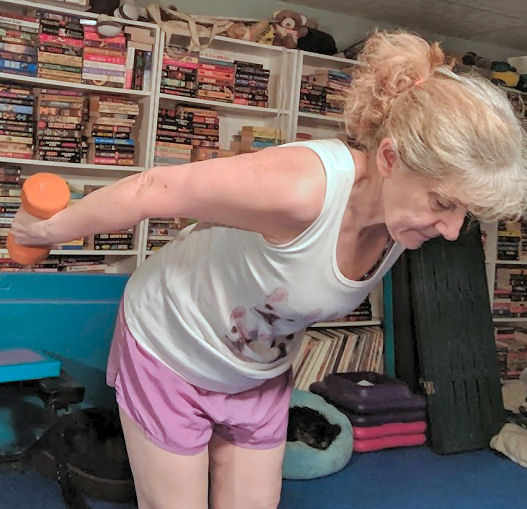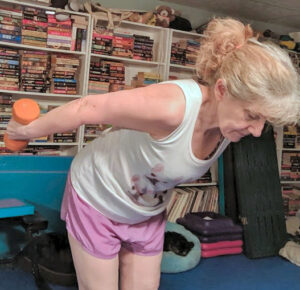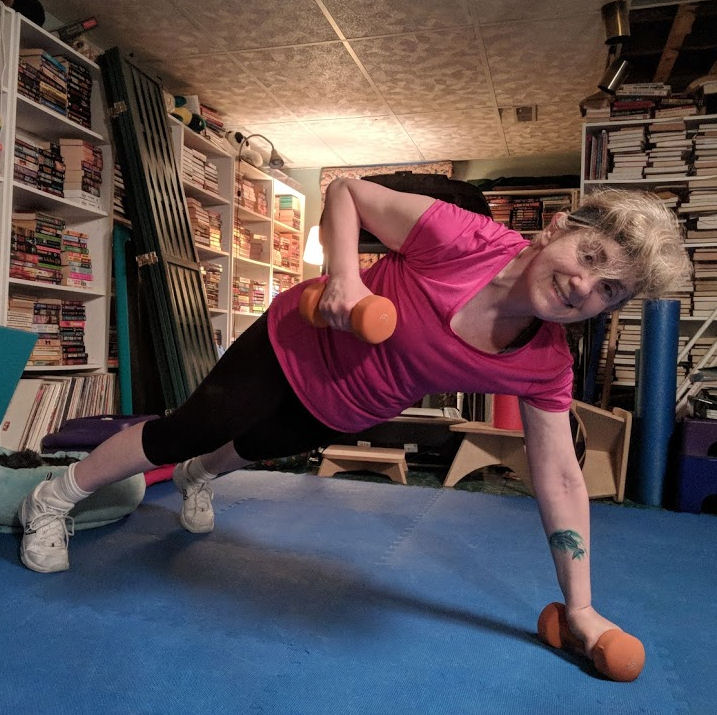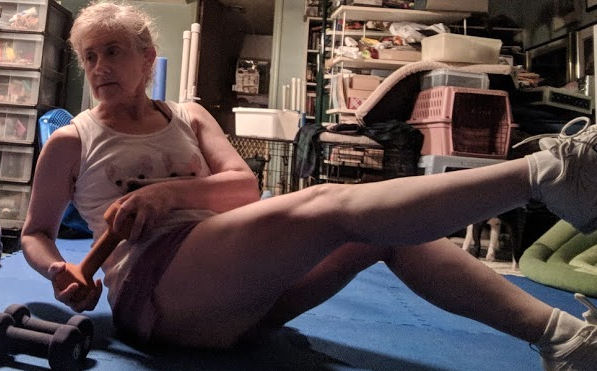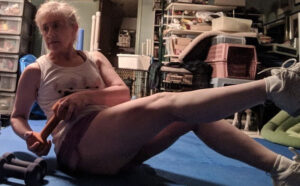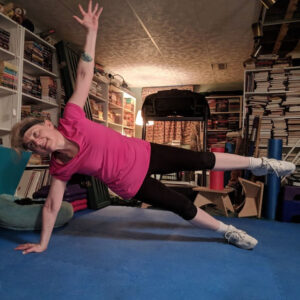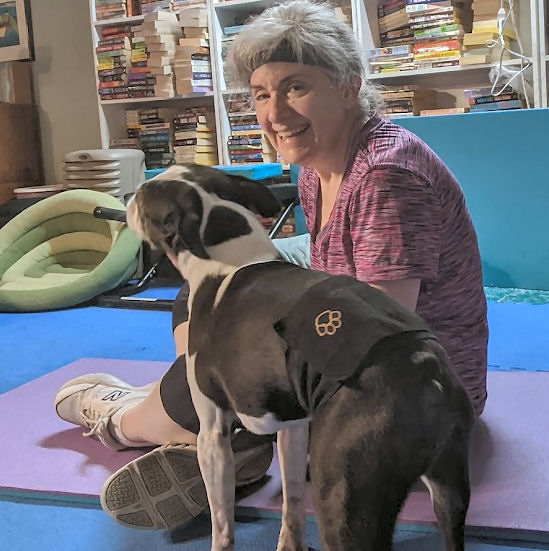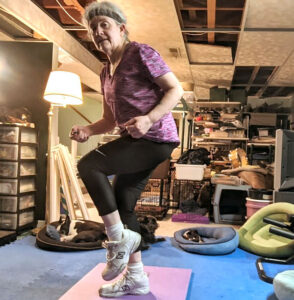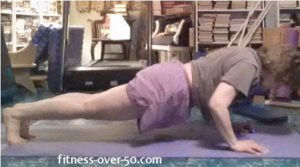Mondays for me are frequently busy, tending to orders, customer requests, a too-full inbox and dogs zooming around like crazy things. This last Monday was all that and more. Not only were there customer requests, there were also customer complaints, website links not working, and a learning curve on a new mailing program that had me stymied. To say it was frustrating is an understatement. It’s impossible to be productive when we’re under major stress, and we know that stress can compromise our immune system. So, instead of punching something to release my frustration, I took a walk.
Instead of punching something, get physical
Releasing energy with physical activity is a great way to deal with frustration. I didn’t have time for an intense workout, but I could clear my head with a walk around the block. It was not a long walk, as the temperature was well below freezing and somewhat icy, and even bundled up it was still chilly. So my walk didn’t last long, but I burned a few calories and released some frustration. When I returned to my desk, my head was clearer and I was able to solve a couple of problems.
Exercise helps you handle other stress better
In fact, it’s been found that exercise helps to prevent anger. In a study done a few years ago, people who exercised were “less prone to anger and aggressive tendencies.” One theory as to why this may occur is that while we exercise, we put our bodies under prolonged beneficial stress. After exercise, our bodies are more able to handle other stresses.
Another possibility is that when you’re exercising, you’re putting the stressor on a back burner. You’re not thinking about the thing that got you angry in the first place, and stepping away for a while can help you put it in better perspective. So instead of punching something, you’re stepping away from it.
Replace stress with calm
And Harvard Health Publishing advocates certain autoregulating exercise techniques to help “replace the spiral of stress with a cycle of repose.” These techniques include breathing exercises which are similar to forms of meditation. Practicing progressive muscular relaxation (tightening and releasing sequential muscle groups) works too, but takes longer to learn.
So instead of punching something when you’re angry or frustrated, try one of these techniques. You may be happier afterward, and your family definitely will be.



